By A. Burke
Sixty-five years ago, Reichsmarschall Hermann Göring’s Luftwaffe showcased its aerial triumphs in a 1942 commemorative book of photographs entitled Fliegen und Siegen (“Flying and Victory”). One hundred stereoscopic photographs provided a rare insider’s view of the Luftwaffe during the early years of World War II.
Original pictures on genuine photographic paper captured Reichsmarschall Göring as he planned strategy with Nazi commanders beside the train that served as his mobile command post. Aerial shots recorded bombing runs in Greece, Crete, Yugoslavia, and France. Other photos depicted young German airmen flying missions in the Junkers Ju-52 transport aircraft and the Messerschmitt Me-109 fighter.
When viewed through the stereo glass lenses, photos jump to three-dimensional life. Viewers feel as if they are in the midst of the picture, able to reach out and touch bombs as they are loaded or adjust radio dials in the cockpit.
The Fliegen und Siegen books were meticulously crafted by Raumbild-Verlag Otto Schönstein K.-G., a Munich publisher specializing in stereoscopic photography. Raumbild also created commemorative volumes for the 1936 Olympics, which were held in Berlin, the 1937 World Exposition in Paris, and Hitler’s state visit to Mussolini in Italy. The 1942 limited editions of Fliegen und Siegen were purportedly given as gifts to important civilians and favored military officers.
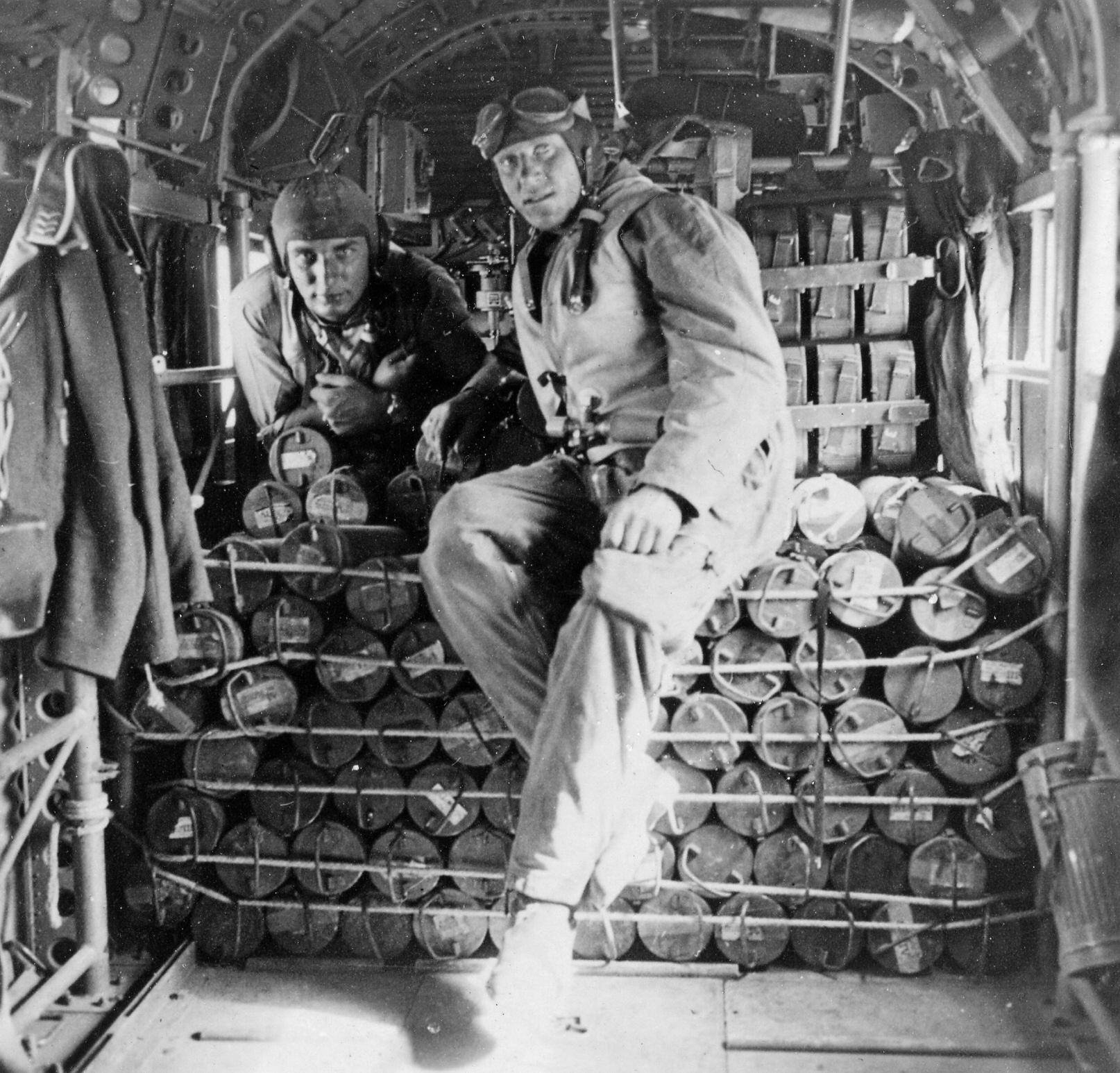
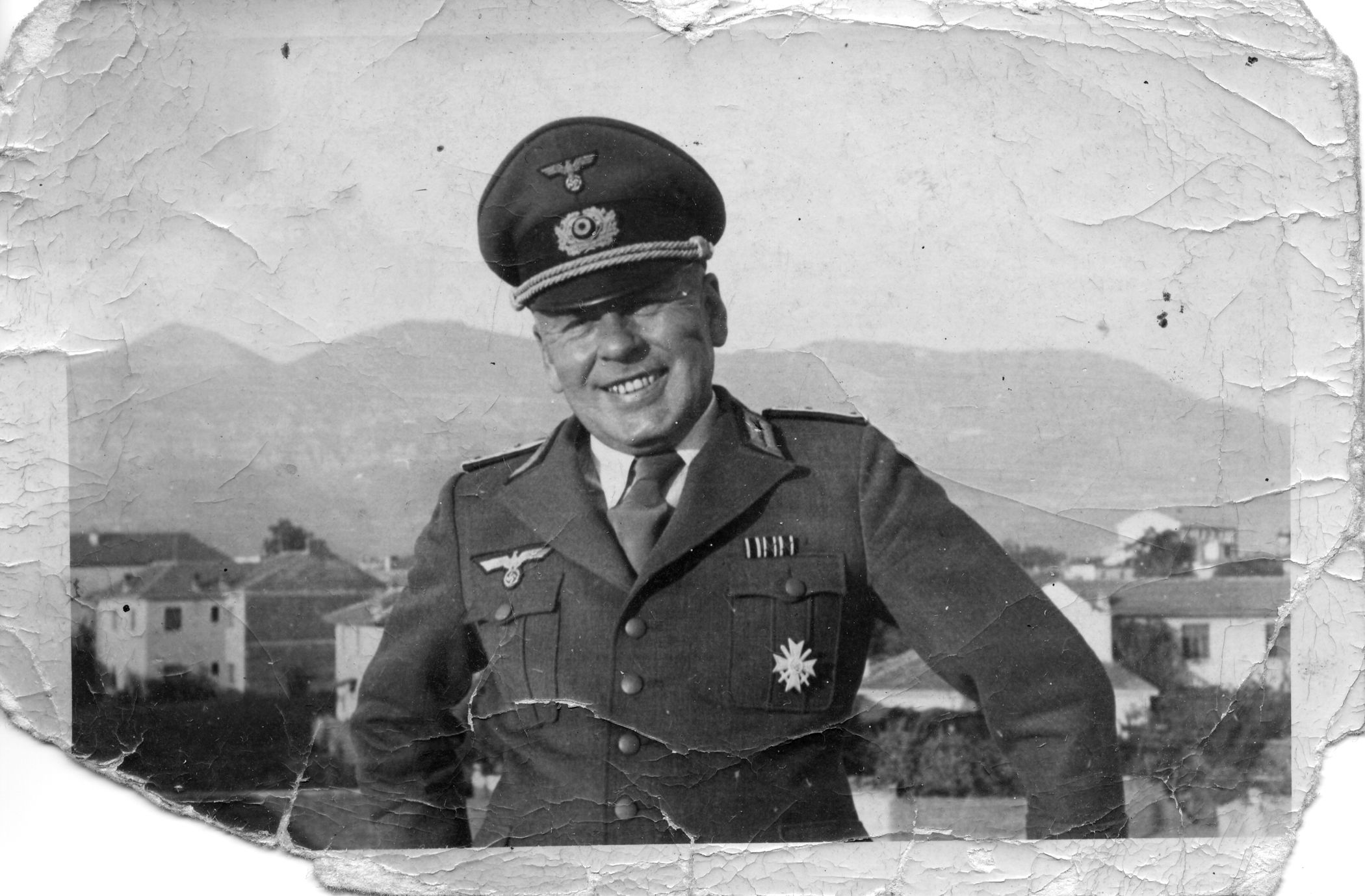
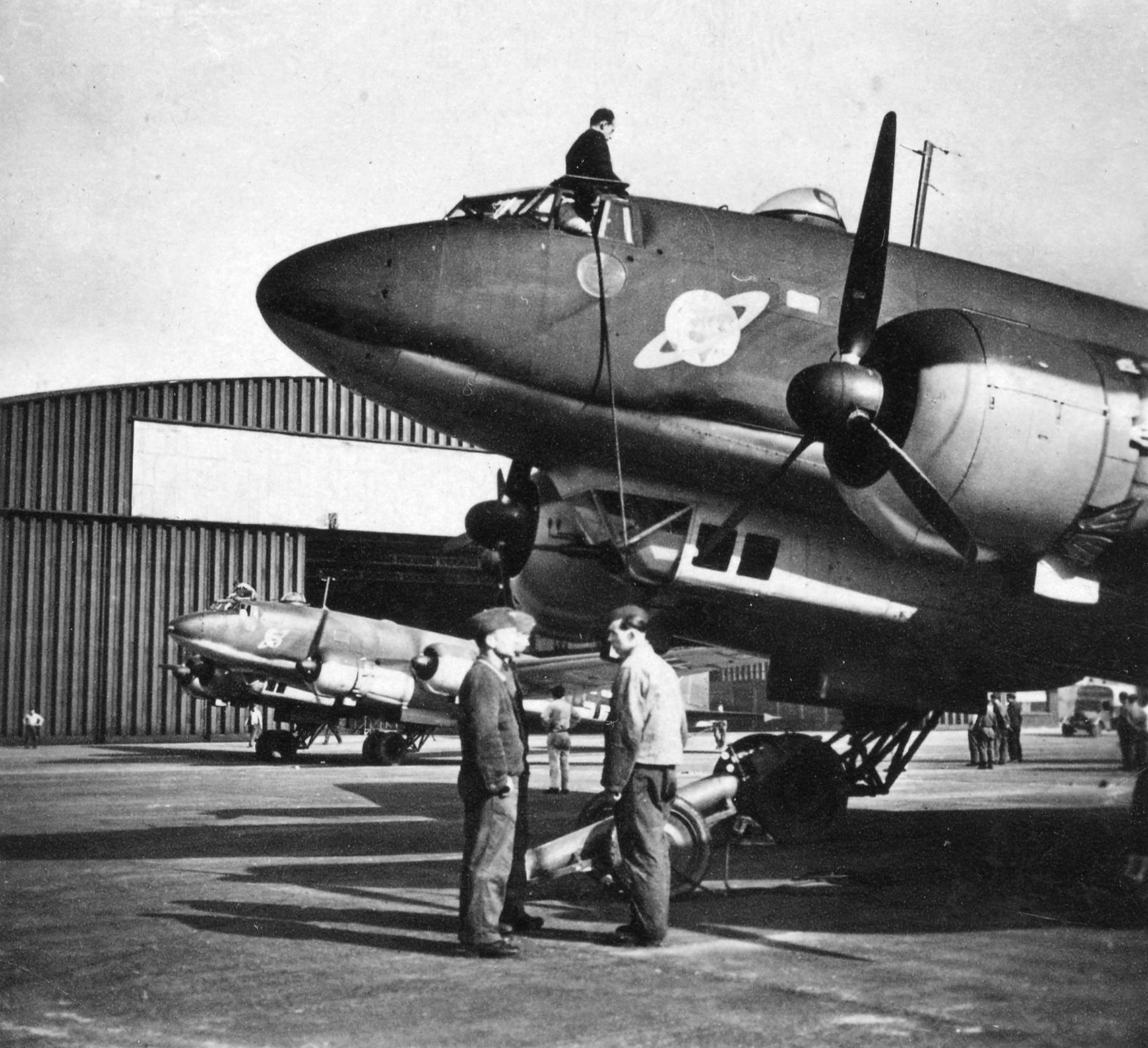
The front and back covers of Fliegen und Siegen are half-inch-thick, beveled, fabric-covered wood with inside storage compartments precisely cut to size to store the photos and stereo viewer. The book also includes several full-color plates, including a portrait of Göring with substantial artistic license taken to pare down the Reichsmarschall’s corpulence.
The book offers considerable insight into the Luftwaffe mind-set during the war’s triumphant early years. A mixture of boastful braggadocio and canny propaganda sets the tone in many photo captions. Yet, the faces of young airmen display great esprit de corps and dedication to the war effort. Without their German uniforms, the young men could easily be taken for patriotic American soldiers.
After 1942, no further editions of Fliegen und Siegen were created. The Luftwaffe’s glory days had ended.
Richard Kohler came into possession of one of the few surviving books while he was a U.S. Army corporal stationed in Giessen, Germany, from 1951 to 1953. It had belonged to the father of his German girlfriend, Alfreda Langnor. Rick learned that Alfie’s father had been an officer killed in action during the war. Before his death, though, he apparently earned favored status because he had been given a 1942 edition of Fliegen und Siegen. Alfie explained that only people of prestige and accomplishment had received such an honor. She gave the book to Rick. When the Army transferred him stateside, he had to leave Germany without a chance to say goodbye and was never able to reconnect with Alfie.
No one knows how many 1942 editions of Fliegen und Siegen survive intact. A few appear at auction, often with asking prices of more than $1,000. A handful of others are listed in collections of German university libraries.
But Richard Kohler, now 75 and living in Wesley Chapel, Florida, has no intention of selling his copy of Fliegen und Siegen. To him, the book not only represents the memento of a lost love, but also a little- known glimpse of history.
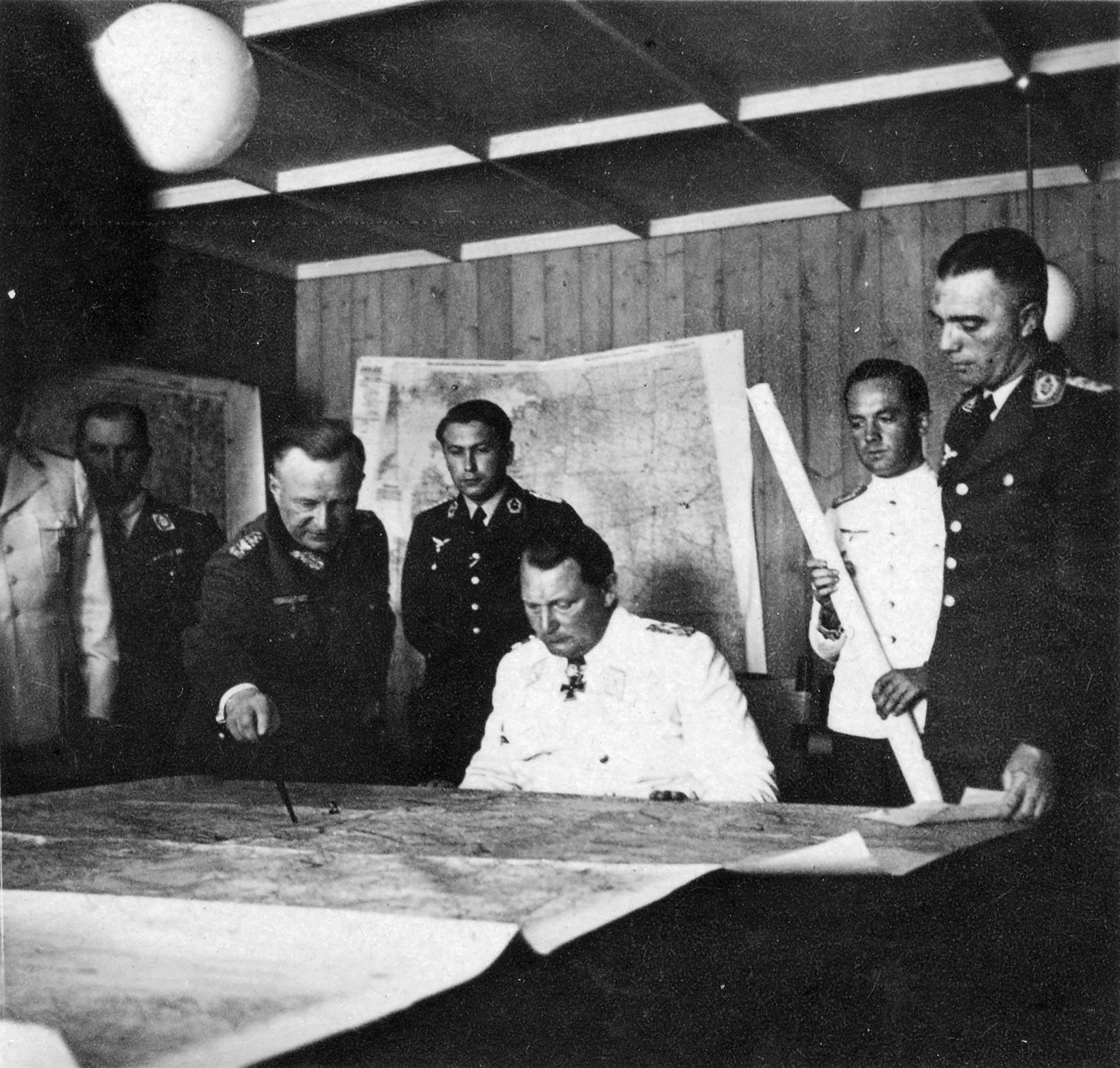
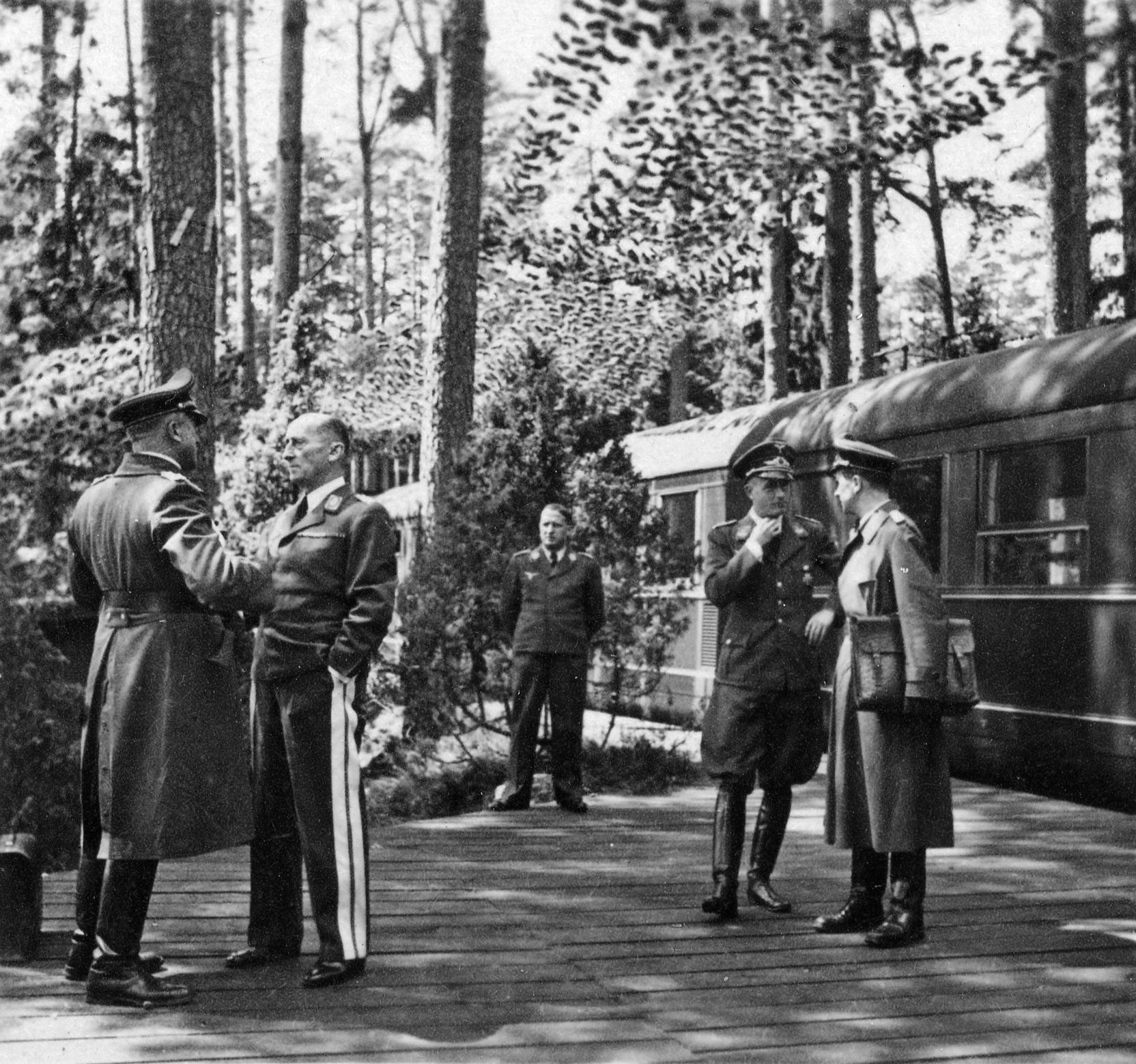
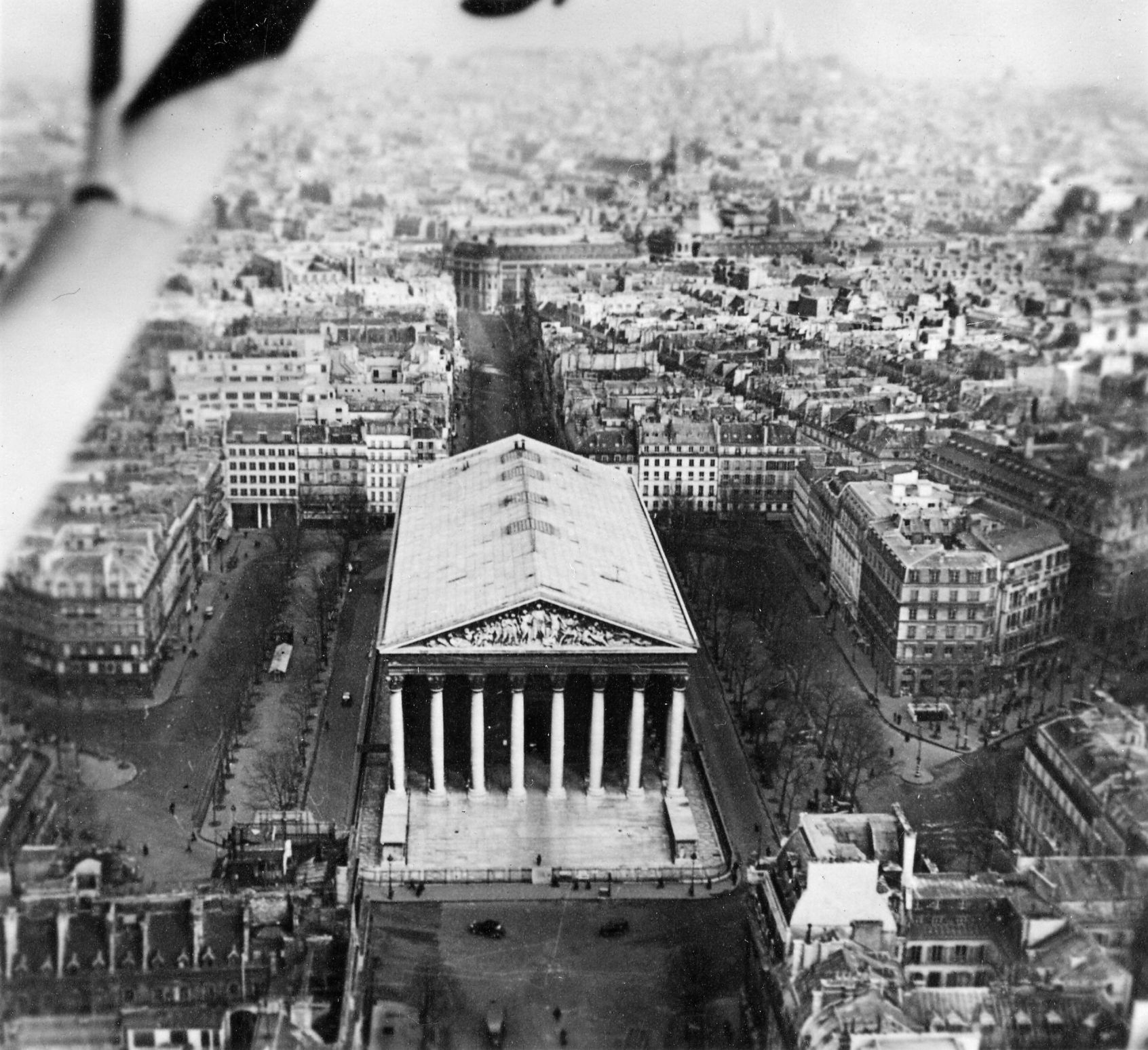
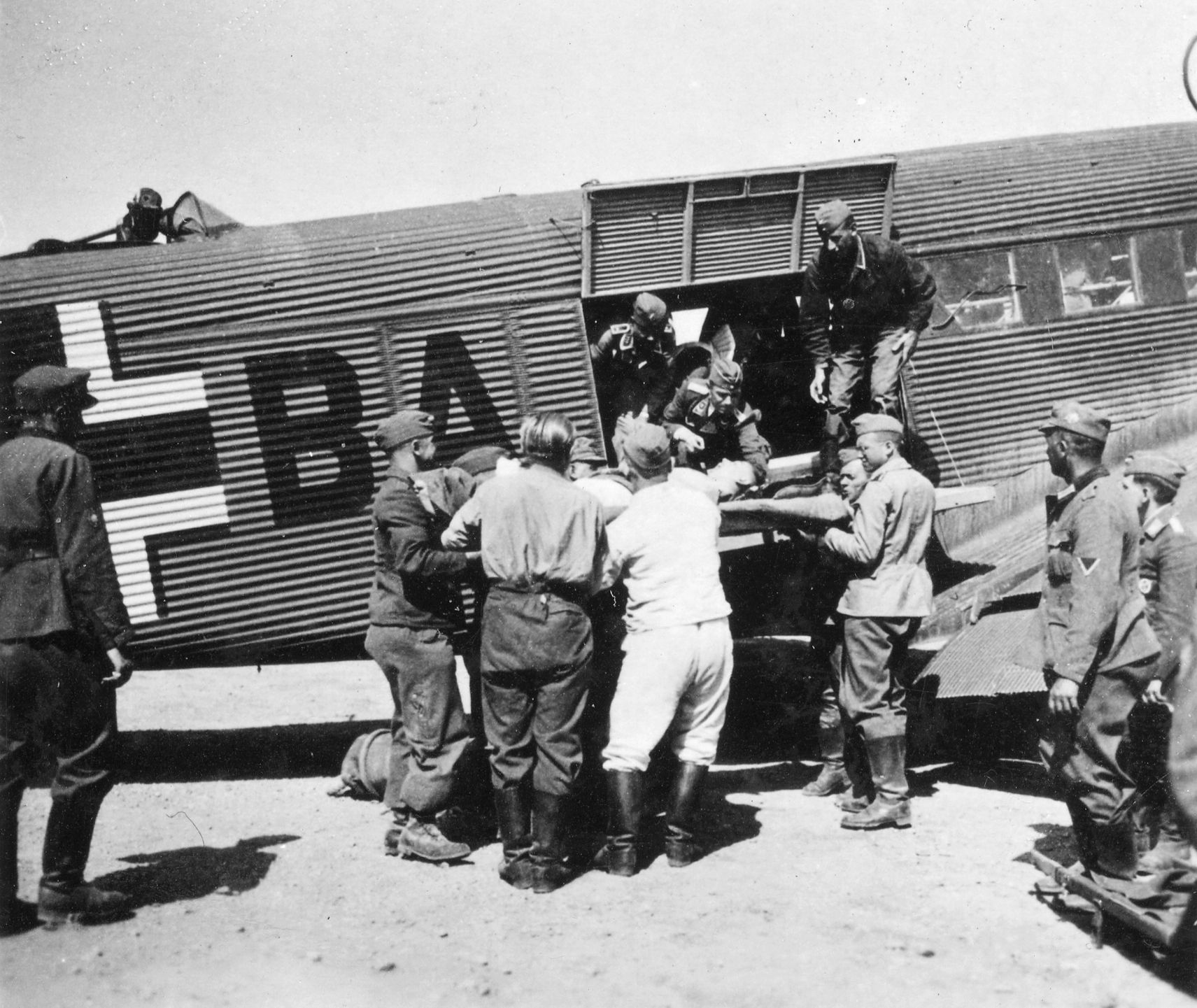
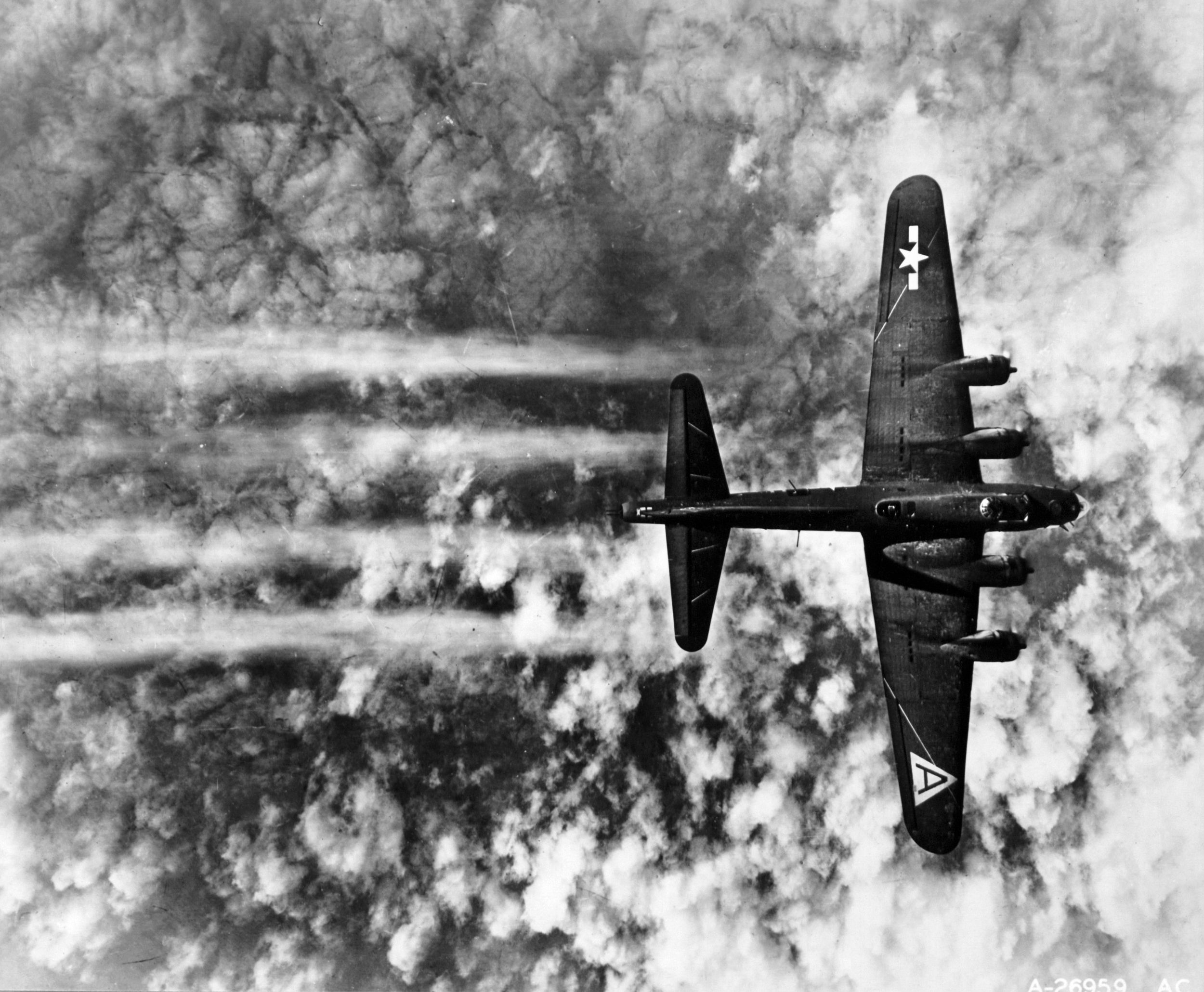
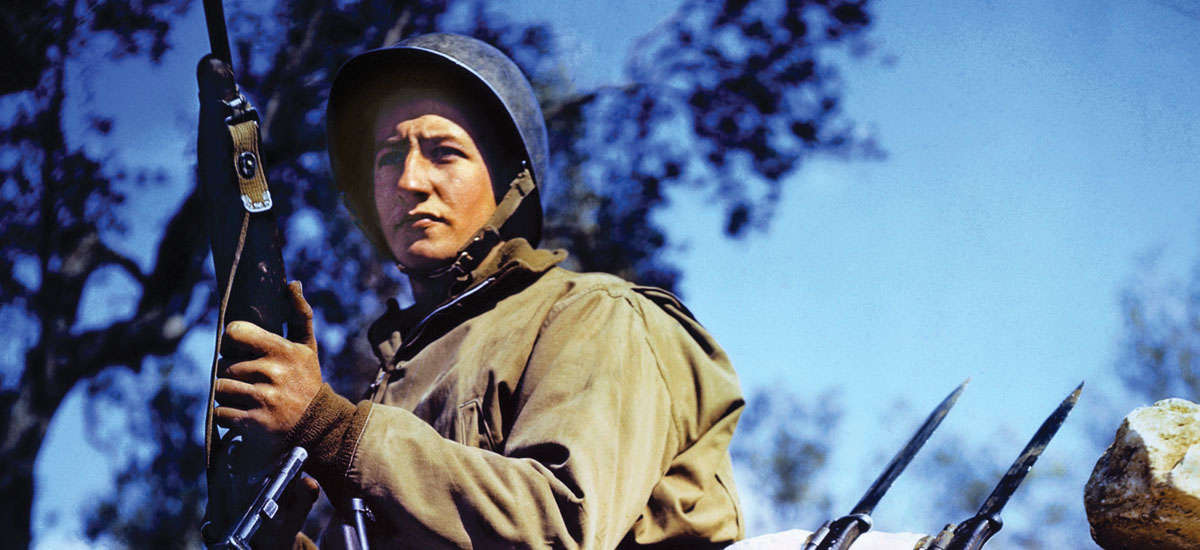
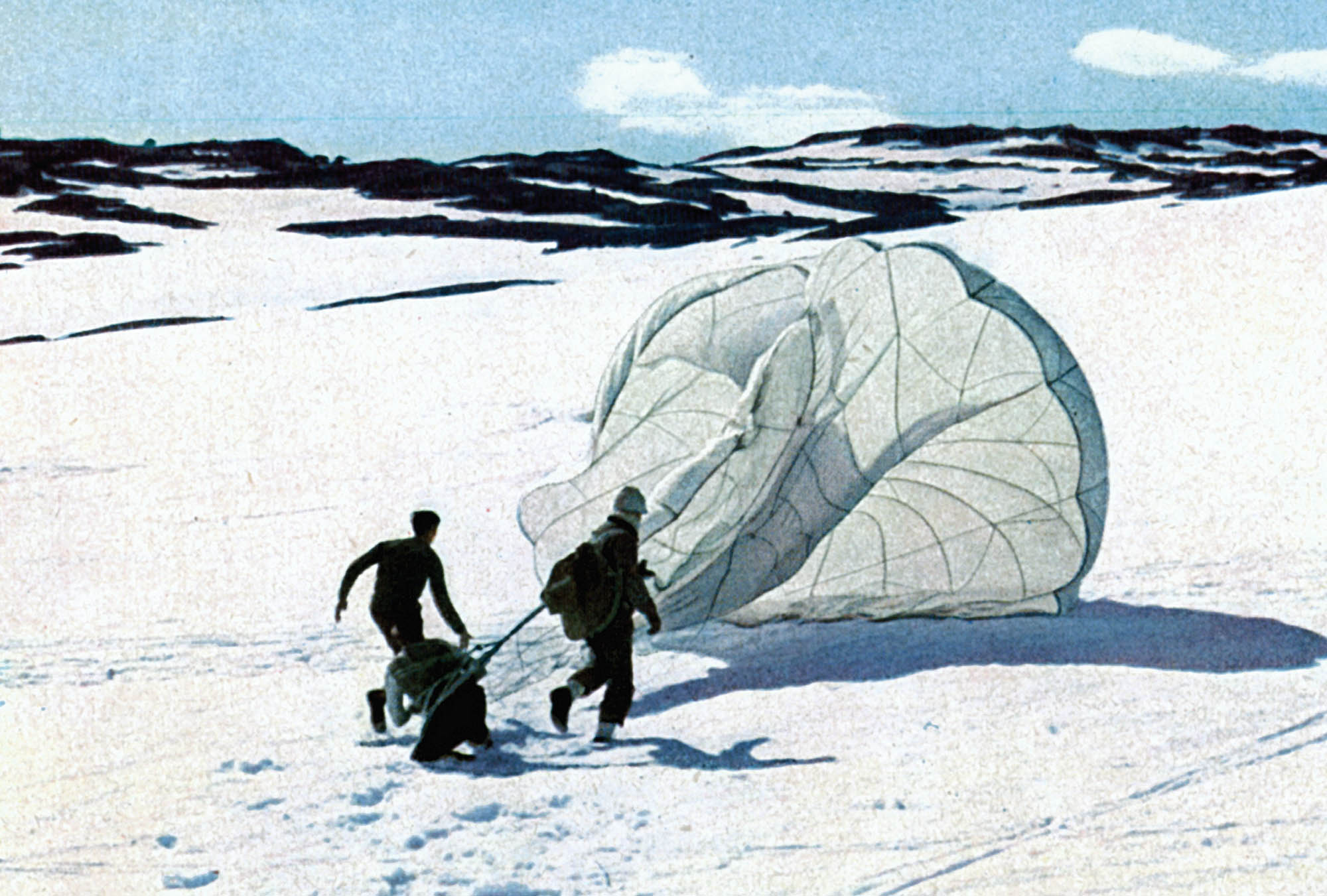

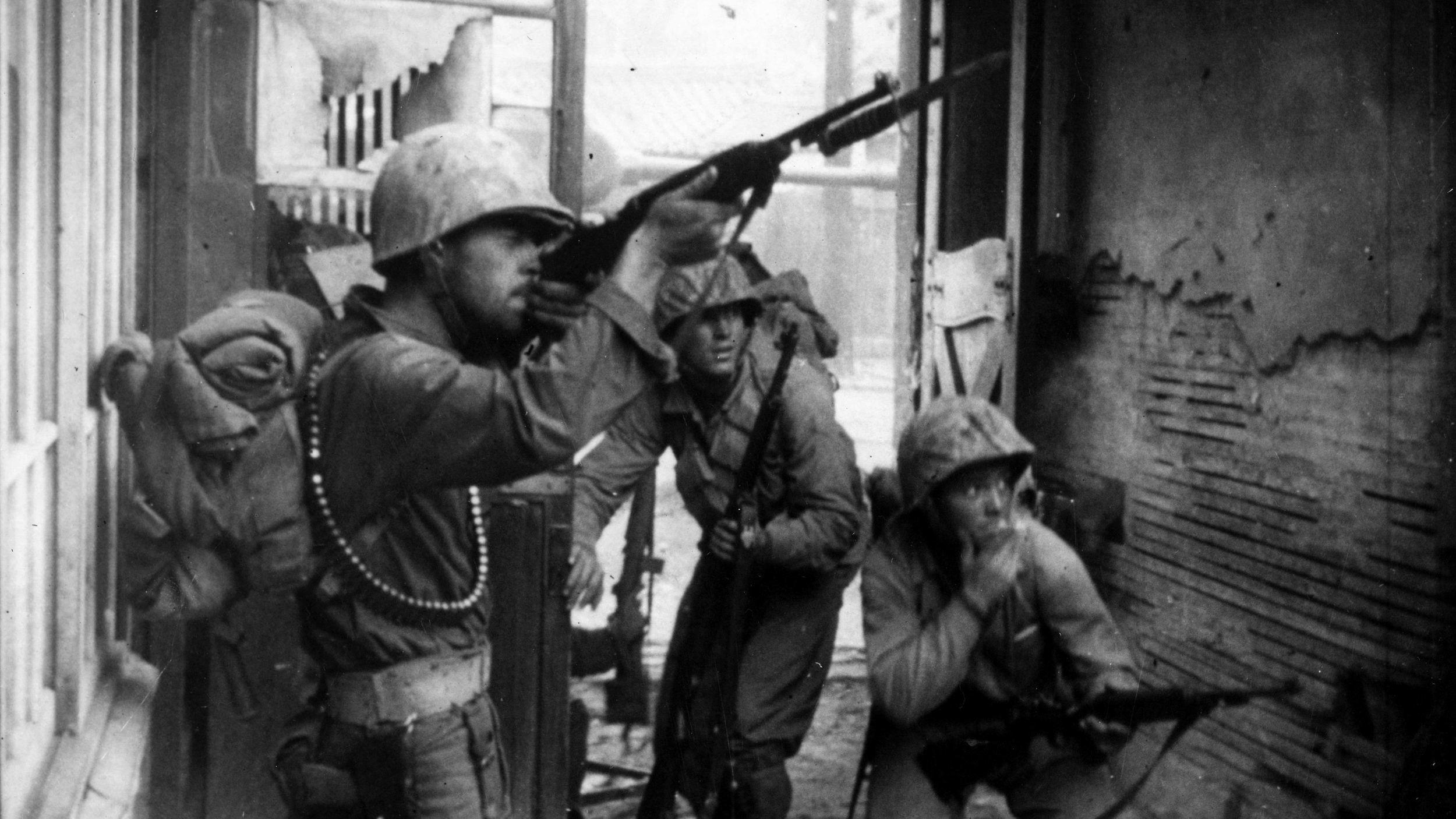
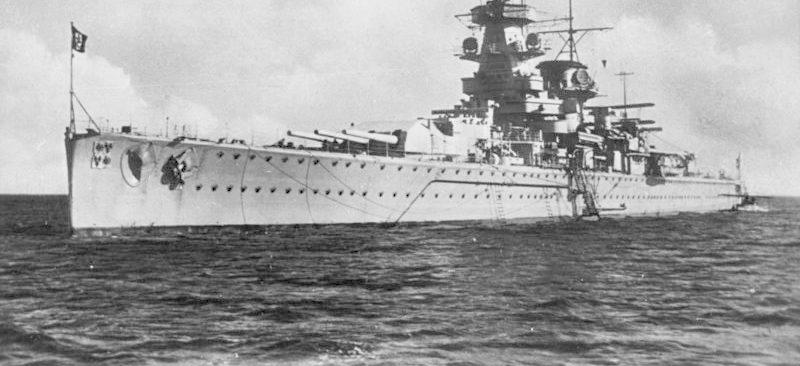
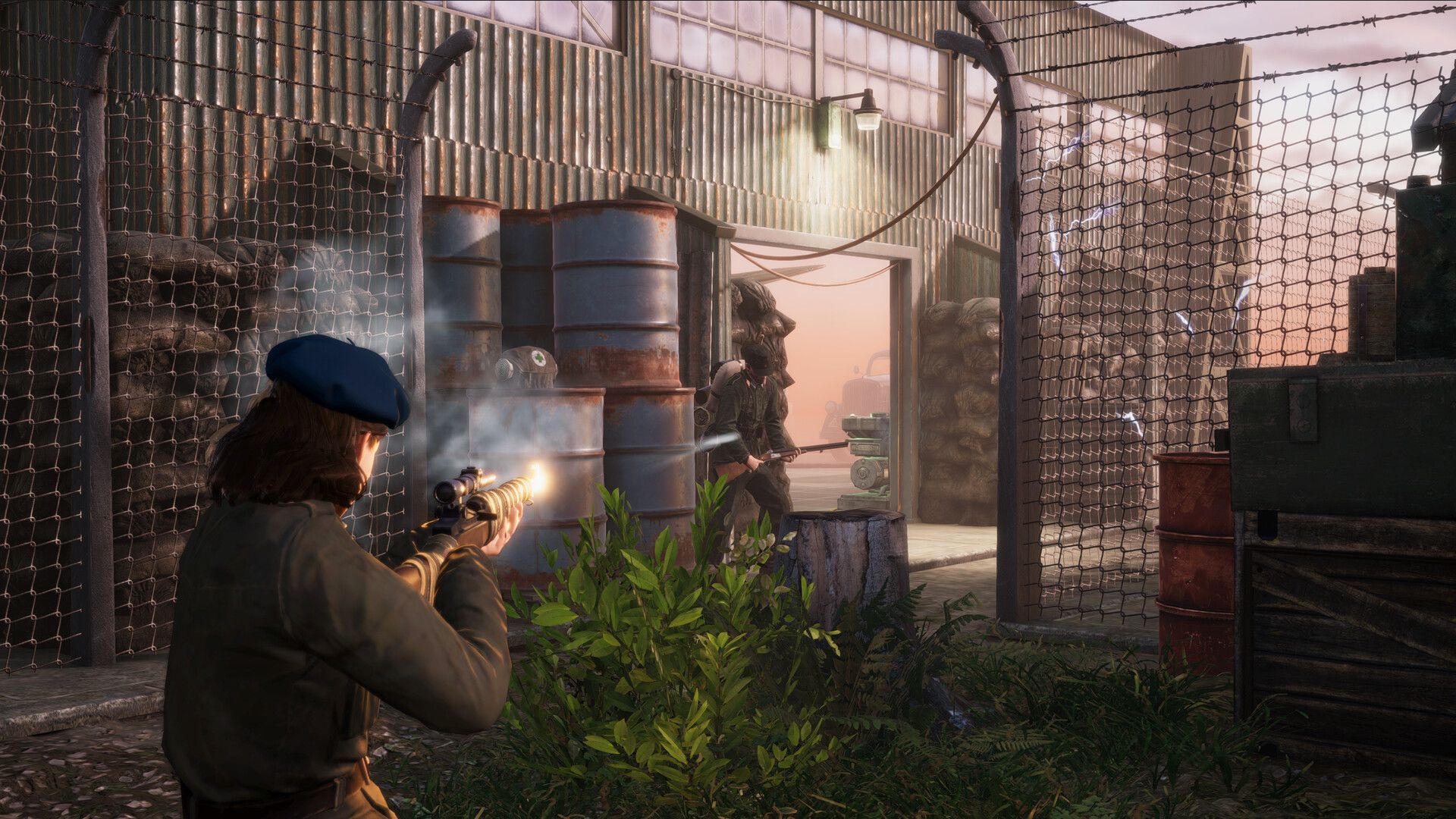
Join The Conversation
Comments
View All Comments